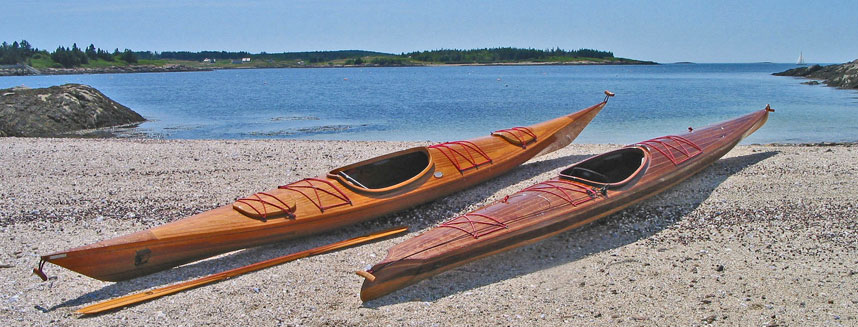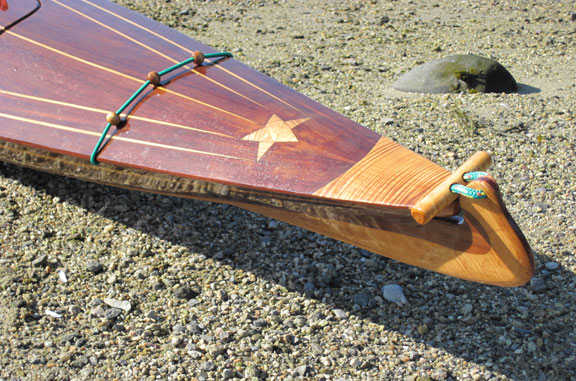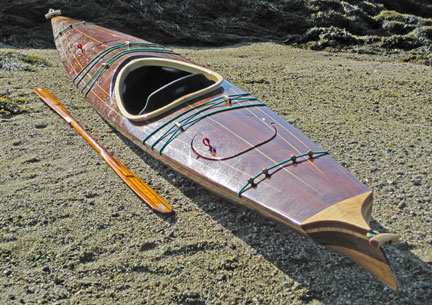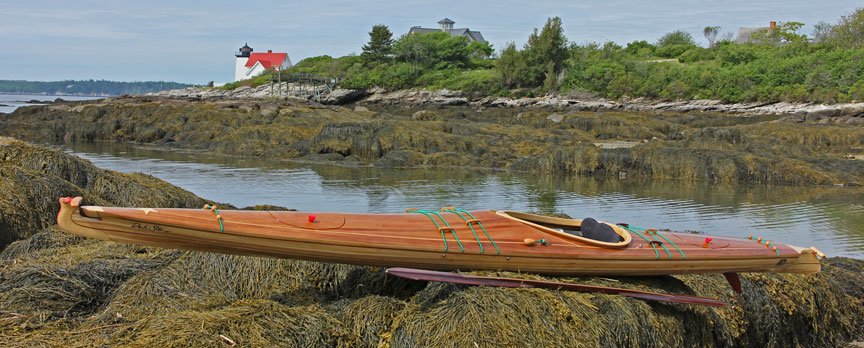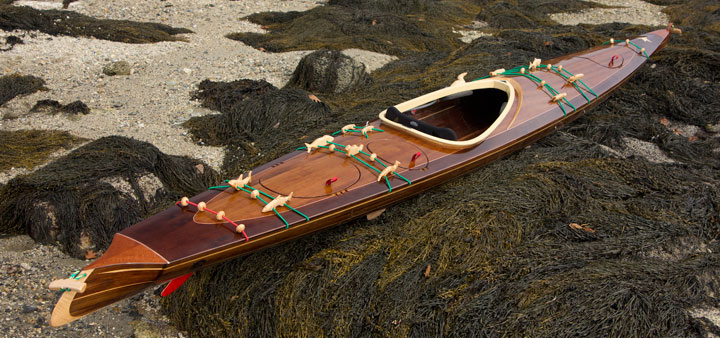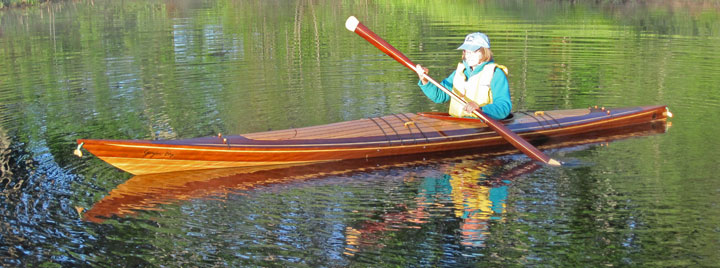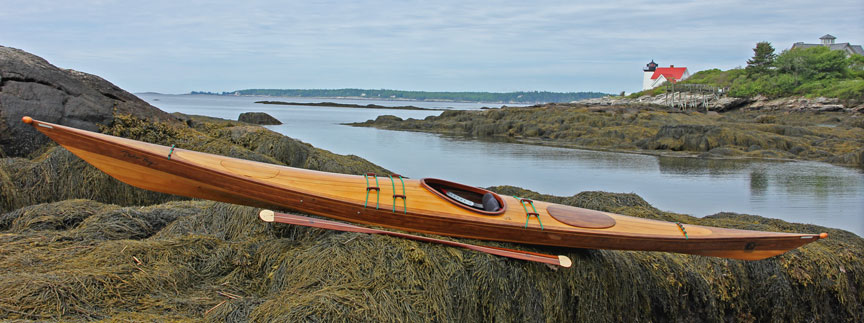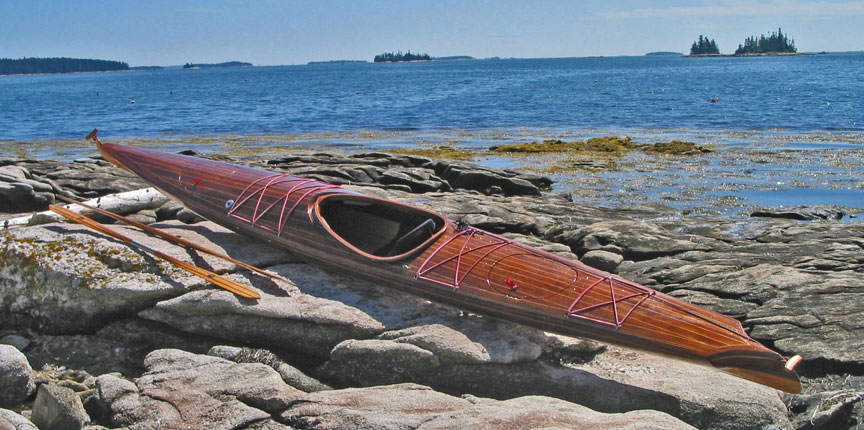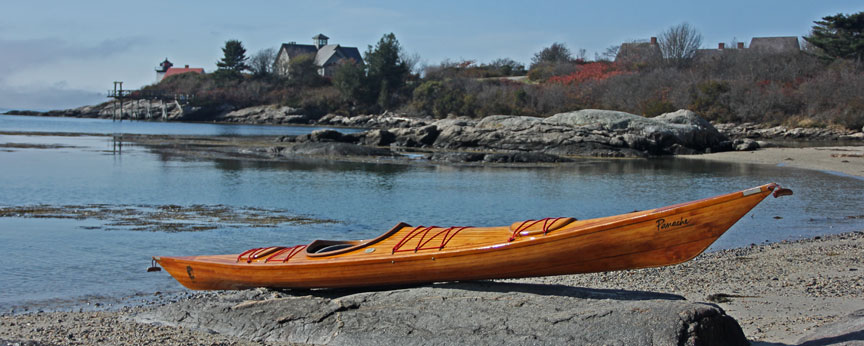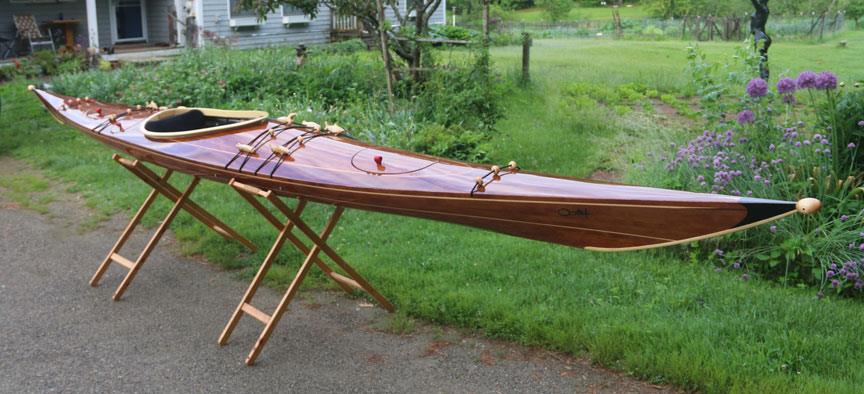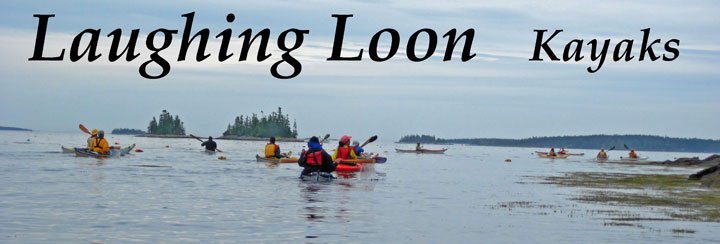 |
||||||||
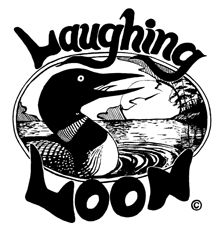 |
||||||||
|
|
||||||||
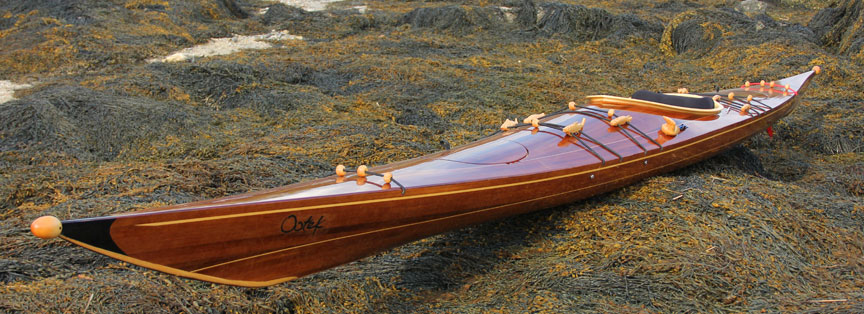 |
||||||||
|
Laughing Loon offers designs inspired by the East Arctic Greenland style, above, Ootek
|
||||||||
 |
||||||||
|
And designs inspired by the West Arctic baidarka style, above Mystic Star
|
||||||||
| Kayak Design
My training is as an artist/sculptural engineer, wood craftsman, and a dozen other fields related to the of creation of objects. I use the same design methods the Aleuts and Inuits used, a lifetime of experience on the water in all kinds of small boats, looking and studying small boats, in a multitude of white water and sea conditions. The Aleutian Islands have been called "The Cradle of Storms" and "The Birthplace of the Winds," but in the wintertime, to those who think about them at all, they're simply a weather-beaten hellhole. - Surfer Magazine To this day King crab fishermen risk and loose their lives here every year. These Aleut home waters average 8-12 foot waves during summer and 15 to 25 feet in winter. Their iqyax (baidarka) was designed and tuned to surf waves so they could travel great distances while conserving energy. The great speed attributed to the baidarka design, in historical records of Pacific explorers, is witness to surfing skills of the Aleut in this kayak. An ancient culture of full time paddlers on the stormiest, roughest, inhabited seas in the world. Is there any comparable source of rough water paddling skills and kayak design? No. Few recreational kayak paddlers will push the limits of a design to truly understand the differences and complexity of hull shape. My years as a white water paddler were very enlightening and instructive in this aspect. Please look at my designs, read the information I provide, read the testimonials on my site and call me to talk to me personally, so I can suggest a boat for your needs and skills. |
||||||||
